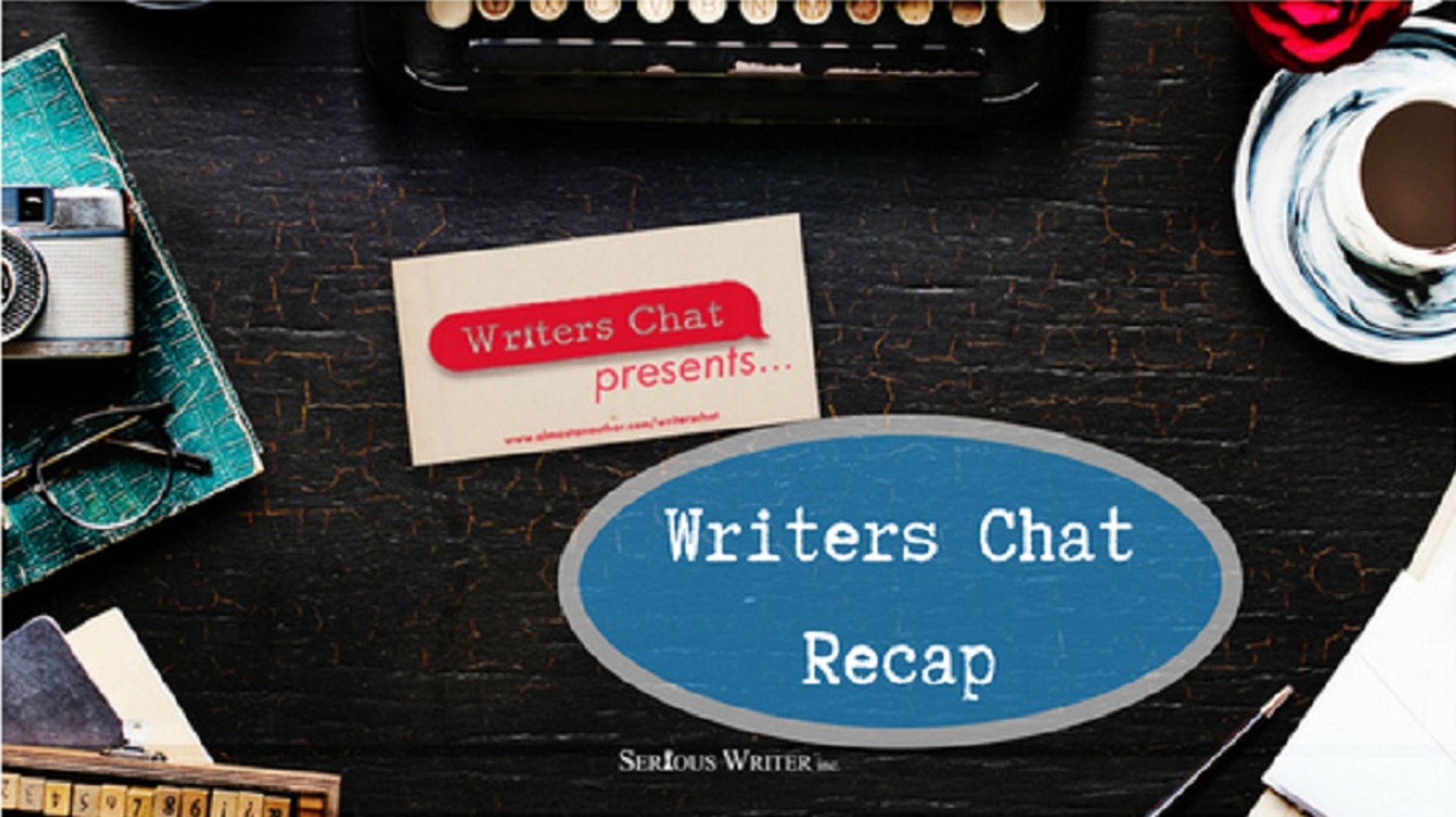
Writers Chat Recap for October
Writers Chat, hosted by Jean Wise, Johnnie Alexander, and Bethany Jett, is the show where we talk about all…
October 30, 2018
Writers Chat, hosted by Jean Wise, Johnnie Alexander, and Bethany Jett, is the show where we talk about all…
October 30, 2018
Normally, when you search for a definition, you are looking for a way to narrow a term or concept.…
October 27, 2018
Novelists Unwind Guest Melody Carlson has written over 200 books but is especially known these days for her Christmas…
October 26, 2018
Do details matter? In the world of blogging, I would say, “Yes.” You labor over a beautifully crafted blog…
October 24, 2018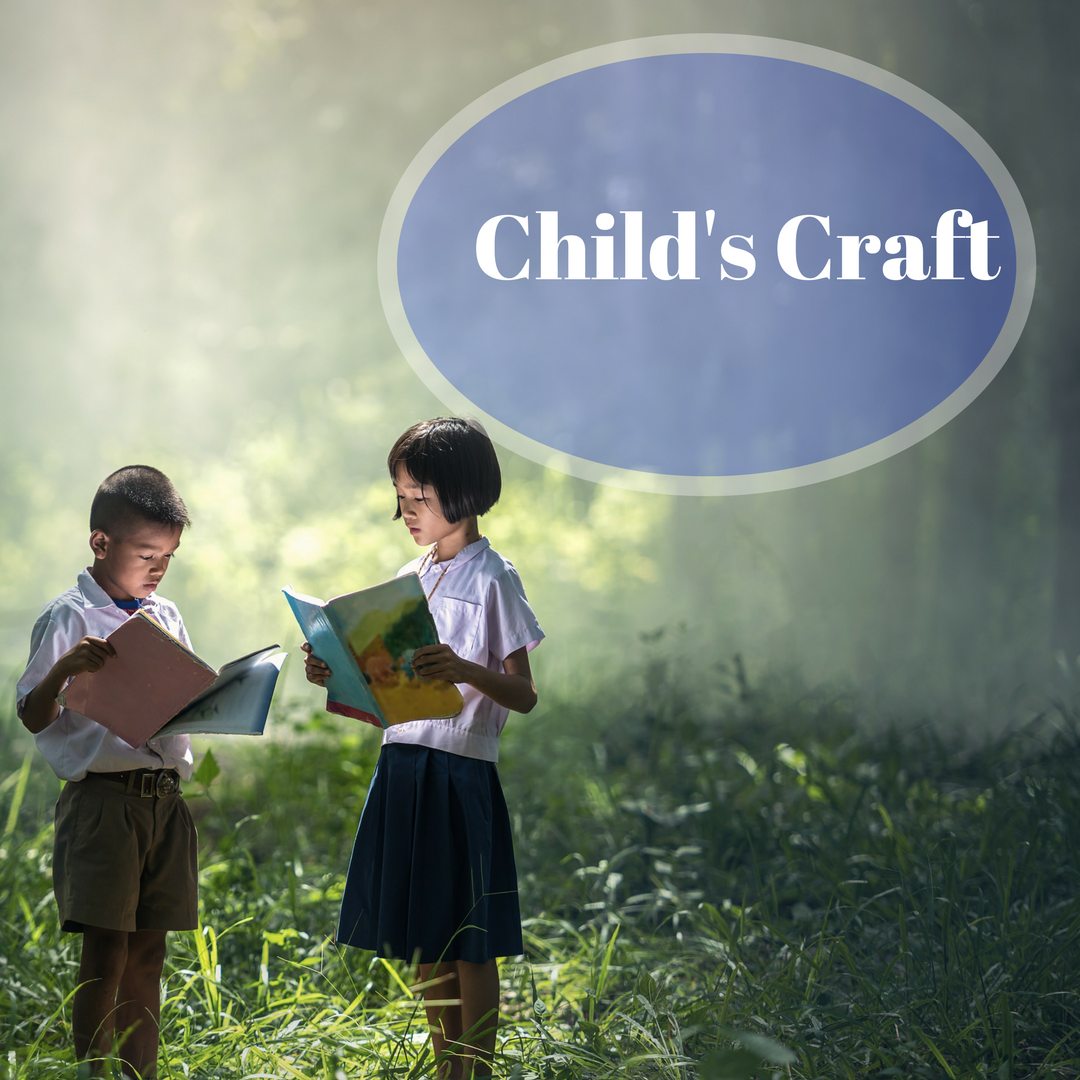
A Quick Look at the Two Middle Grade: Age of readers: 8 to 12 or 13 Length of books:…
October 21, 2018
Do you ever stare at one sentence until your eyes start watering? Have you had to read that one…
October 16, 2018
Last month we talked about categories. Now we’re going to dig into the other side of the metadata equation:…
October 10, 2018
If there’s one thing I’ve learned in life it’s this—promotion always takes preparation. That truth was never more evident…
October 8, 2018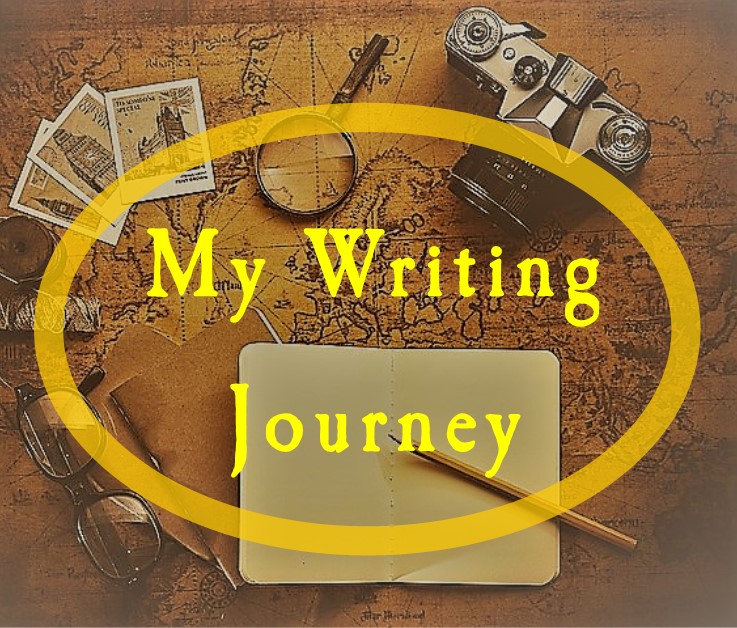
“Janine?” Where are you?” I don’t know why my husband asked me that. He knew where to find me–…
October 3, 2018
No, agents and editors are not sadists. We do not ask you to write an extensive book proposal to…
September 30, 2018
Romance with suspense or romance with glamour? Why pick one when you can have both? Lynette Eason I met…
September 26, 2018
When I started blogging, I researched examples online. I came across a blogger who posted one paragraph a day.…
September 24, 2018
Hello! How’s your editing been going for you? I hope you’re seeing great improvement, but if you’re at a…
September 22, 2018
Last month we looked at an overview of writing nonfiction for kids. This month we focus in on writing…
September 21, 2018
I enjoy digging into the past, following bunny trails of history, and learning about cultures long interred and nearly…
September 20, 2018
Writing a book is a process. It began as a school assignment for my granddaughter when she was in…
September 17, 2018
When you think about the word “brand,” what comes to mind? A metal tool used with cattle? A particular…
September 16, 2018
Writers Chat, hosted by Jean Wise, Johnnie Alexander, and Bethany Jett, is the show where we talk about all…
September 15, 2018
“Lisa, everyone is asking me when they can buy a copy of the book.” I looked at my friend…
September 15, 2018
When I began writing I had small children at home. I wrote in my head all day long and…
September 14, 2018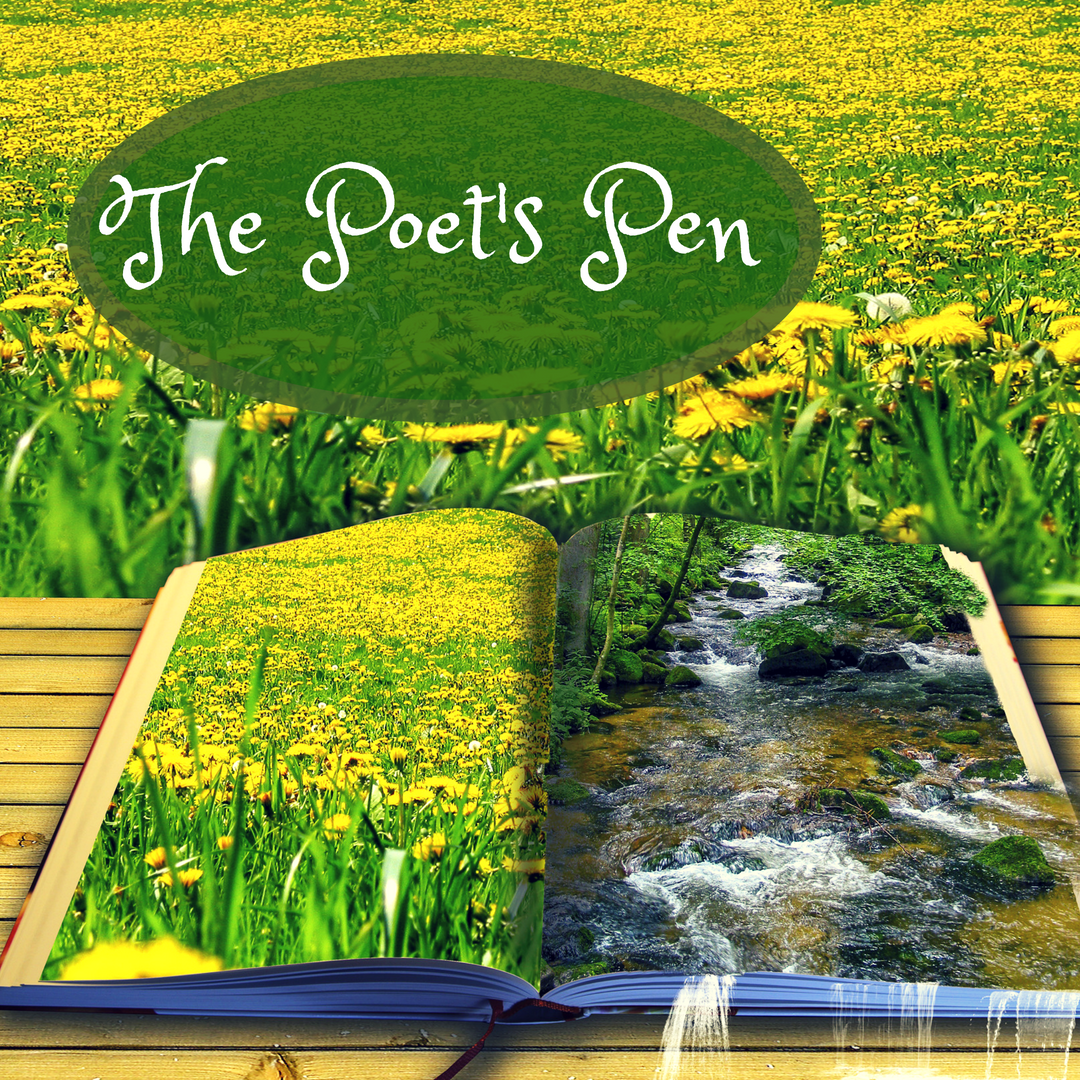
All writing is about “words” but poetry uses concise words in a concise order. One word in a poem…
September 13, 2018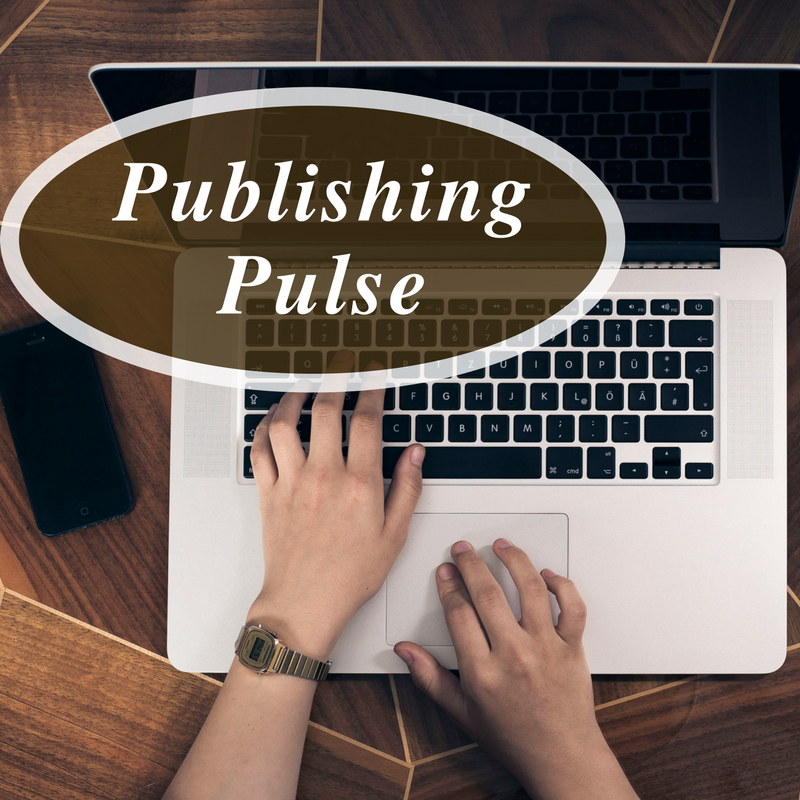
I recently finished making wording changes on a self-published book that had already been typeset and printed — or…
September 12, 2018
What is Metadata? Metadata is the information you give to Amazon (or other distributors) that instructs them on where…
September 10, 2018
Write Every Day It’s oft-given advice for aspiring writers. If you want to become a good writer, you should…
September 8, 2018
Browse through your local bookstore and you’ll notice fairytale retellings are quite popular across multiple genres. These tales have…
September 7, 2018